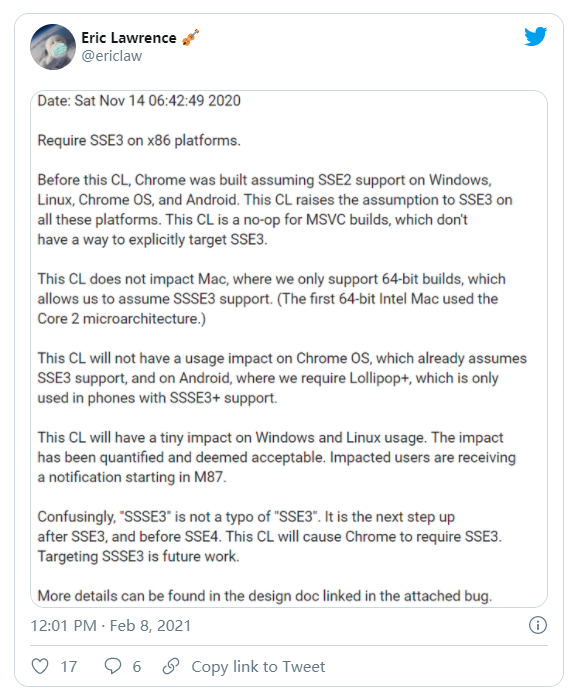I had a look at string escape into XML and found it very useful.
I would like to do a similar thing: Escape a string to be used in an XML-Attribute.
The string may contain \r\n. The XmlWriter class produces something like \r\n -> 

The solution I'm currently using includes the XmlWriter and a StringBuilder and is rather ugly.
Any hints?
Edit1:
Sorry to disappoint LarsH, buy my first approach was
public static string XmlEscapeAttribute(string unescaped)
{
XmlDocument doc = new XmlDocument();
XmlAttribute attr= doc.CreateAttribute("attr");
attr.InnerText = unescaped;
return attr.InnerXml;
}
It does not work. XmlEscapeAttribute("Foo\r\nBar") will result in "Foo\r\nBar"
I used the .NET Reflector, to find out how the XmlTextWriter escapes Attributes. It uses the XmlTextEncoder class which is internal...
My method I'm currently usig lokks like this:
public static string XmlEscapeAttribute(string unescaped)
{
if (String.IsNullOrEmpty(unescaped)) return unescaped;
XmlWriterSettings settings = new XmlWriterSettings();
settings.OmitXmlDeclaration = true;
StringBuilder sb = new StringBuilder();
XmlWriter writer = XmlWriter.Create(sb, settings);
writer.WriteStartElement("a");
writer.WriteAttributeString("a", unescaped);
writer.WriteEndElement();
writer.Flush();
sb.Length -= "\" />".Length;
sb.Remove(0, "<a a=\"".Length);
return sb.ToString();
}
It's ugly and probably slow, but it does work: XmlEscapeAttribute("Foo\r\nBar") will result in "Foo
Bar"
Edit2:
SecurityElement.Escape(unescaped);
does not work either.
Edit3 (final):
Using all the very useful comments from Lars, my final implementation looks like this:
Note: the .Replace("\r", "
").Replace("\n", "
"); is not required for valid XMl. It is a cosmetic measure only!
public static string XmlEscapeAttribute(string unescaped)
{
XmlDocument doc = new XmlDocument();
XmlAttribute attr= doc.CreateAttribute("attr");
attr.InnerText = unescaped;
// The Replace is *not* required!
return attr.InnerXml.Replace("\r", "
").Replace("\n", "
");
}
As it turns out this is valid XML and will be parsed by any standard compliant XMl-parser:
<response message="Thank you,
LarsH!" />





